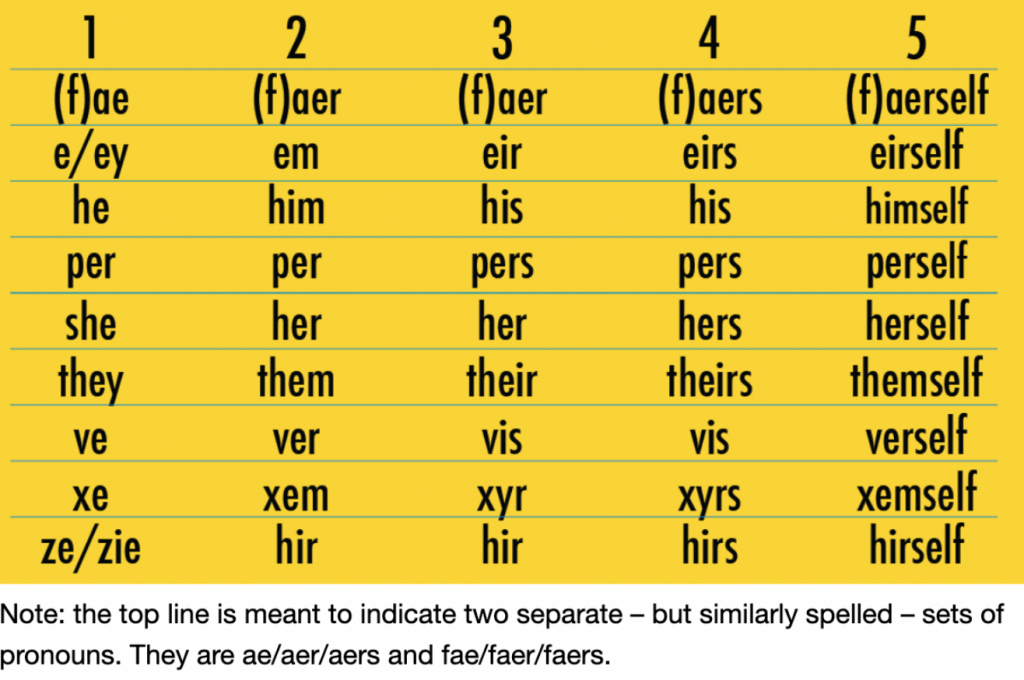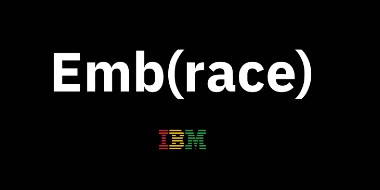Diversity & Inclusion
Gender Pronouns: How Small Words Make a Big Difference
July 14, 2020 | Written by: Bridget van Kralingen
Categorized: Diversity & Inclusion
Share this post:
What’s in a pronoun? Does he, him, his not apply to every person who is perceived as a male? Or she, her, hers to a perceived female? In our non-binary world, they do not. For non-binary or genderqueer individuals, and those who relate to gender in a fluid way, to be misgendered can be a micro-aggression, or worse, harassment.
I use “non-binary” as an umbrella term to represent those whose gender identity does not sit comfortably with male or female. Non-binary identities are varied and can include people who identify with some aspects of binary identities, while others reject them entirely. Some identities included in this umbrella would be genderqueer, gender non-conforming, agender and genderfluid.
International Non-Binary Day on July 14 is a good time for all of us to truly see those around us. Of course, with so many still social distancing due to coronavirus, this may need to be done remotely. Yet inclusive contact—even virtual—among human beings is more vital than ever. So within our circles of family and colleagues, where we feel safe to do so, it is worth asking: what are your pronouns? Or in other words, how do you relate to your gender?
Even Tiny Words Can Cause Harm
To transgender and non-binary persons, the correct pronouns really matter. Non-binary persons may use pronouns that are neither masculine nor feminine, such as “they” or “ze.” Transgender persons may use pronouns connected to their authentic, rather than their assigned gender.
Pronouns are among the shortest words in the English language. And yet, when improperly applied, they can cause serious psychological harm. For those who know that their physical body does not reflect their true gender, misgendering can make them feel disrespected, invalidated, dismissed or alienated. It is a further source of distress, anxiety and depression.
Non-binary Genders Since Antiquity
It is important to note that more than two genders have been documented since antiquity. The recognition is recorded in India as early as the eighth century B.C. Hijras are officially recognized as a third gender in India, Pakistan and Bangladesh.
In the U.S., some traditional Diné Native Americans acknowledge a spectrum of four genders: feminine woman, masculine woman, feminine man and masculine man. For other indigenous North Americans, the term two spirit describes Native people who fulfill a traditional third-gender (or other gender-variant) ceremonial role in their cultures. In Oaxaca, Mexico, the self-proclaimed “third gender” muxes mirror Western culture’s understanding of what it means to be genderqueer. Other examples abound.
Inclusive Pronouns Today
 Starting in the Middle Ages, literary authors from Chaucer to Shakespeare to Jane Austen have used the singular “they” to describe someone’s features. However, from the 18th century on it became more common in the English language (as well as others) to use male pronouns when describing someone of a non-specific gender. This binary trend has evolved to now include neutral or gender inclusive pronouns, which more accurately refer to transgender and non-binary people.
Starting in the Middle Ages, literary authors from Chaucer to Shakespeare to Jane Austen have used the singular “they” to describe someone’s features. However, from the 18th century on it became more common in the English language (as well as others) to use male pronouns when describing someone of a non-specific gender. This binary trend has evolved to now include neutral or gender inclusive pronouns, which more accurately refer to transgender and non-binary people.
How can we accelerate this language evolution? Here are a few simple steps.
First, familiarize yourself with gender-inclusive pronouns that are being used more frequently. Here is a table from one online source.
Once you’ve familiarized yourself, start to practice using people’s pronouns. You can review them in context here and test your knowledge here.
Ask and You May Receive
Next, share your own pronouns. In my case, they are she, her, hers. Forward-looking companies now encourage employees to include their pronouns in employee directories. At IBM, employees in many countries can select their pronouns in our HR system Workday, and thereby auto-populate IBM’s internal employee directory. If you lead a team, share your pronouns. It is an inclusive way to invite team members to do the same. You may also choose to include your pronouns in email signatures, Slack or simply when introducing yourself.
Finally, and most importantly, ask those around you for their pronouns. Don’t assume you know. These could be colleagues, teammates or even family members. Exploring what pronouns feel right is an important step for transgender, non-binary, gender-fluid and genderqueer persons. If you ask politely, they may choose to tell you. And remember, these are not their preferred pronouns. They just are their pronouns. If after learning their pronouns you make a mistake, excuse yourself, use the correct pronoun and move on.
It’s by knowing a person’s pronouns and intentionally using them that we foster a kinder, more inclusive society for all.

Senior Vice President, Global Markets, and Senior Executive Sponsor of the LGBT+ community at IBM
Making the workplace safe for employees living with HIV
The recent promising news about Covid-19 vaccines is in sharp contrast to the absence of a vaccine for HIV, despite decades of research. Unlike Covid-19 with a single viral isolate that shows minimal diversity, HIV circulates in a wide range of strains that so far have proven impervious to a single vaccine. Fortunately, more people […]
Call for Code for Racial Justice Needs You: Join the Movement
IBM has never avoided taking on big challenges. At IBM, we are privileged to drive impact at scale. We take on challenges that transform our clients, impact people’s lives and innovate for future generations as we strive to effect systematic societal change. Over the course of our 109-year history, the evidence has become clear that […]
Words Matter: Driving Thoughtful Change Toward Inclusive Language in Technology
Words shape our worldview, how we regard others, and how we make others feel. Right now, in the midst of a health and societal crisis, we are at a pivot point where people are willing to not only talk about our hard-wired issues of systemic racism and bias but to take action. While common expressions […]


